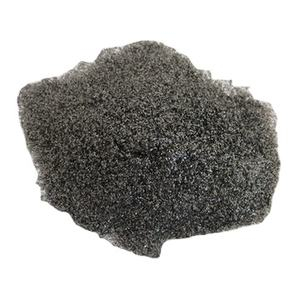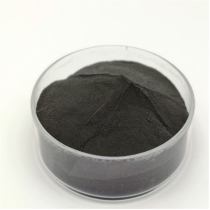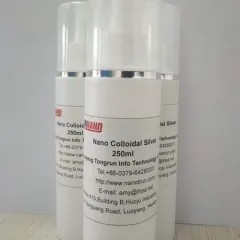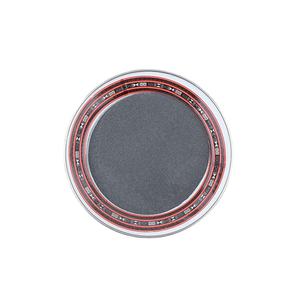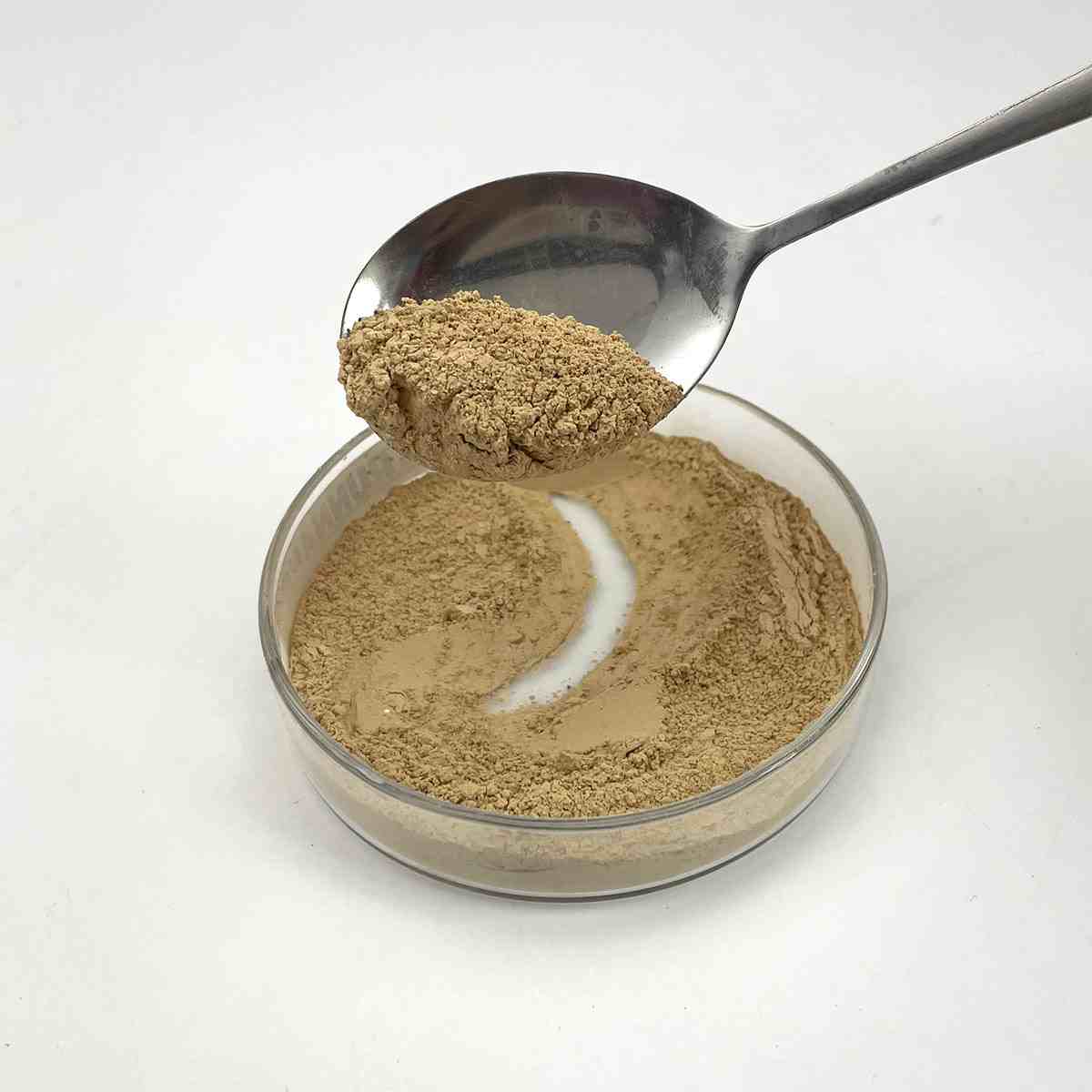Overview of High Purity CAS 12034-77-4 Niobium Selenide NbSe2 Powder
Telluride and selenide compounds play a significant role in the field of semiconductors, particularly in the development of advanced electronic and optoelectronic devices. These materials belong to the chalcogenide family, characterized by their ability to form compounds with elements from groups IV-VI in the periodic table.
Tellurides: Compounds containing tellurium (Te) as the chalcogen. Examples include cadmium telluride (CdTe), mercury telluride (HgTe), and zinc telluride (ZnTe). These materials have found applications in solar cells, infrared detectors, and high-speed electronics due to their tunable bandgap, high electron mobility, and good thermal stability.
Selenides: Similar to tellurides, but with selenium (Se) replacing tellurium. Notable examples are cadmium selenide (CdSe), gallium selenide (GaSe), and zinc selenide (ZnSe). Selenide compounds are widely used in light-emitting diodes (LEDs), laser diodes, and solar cells due to their direct bandgap properties and efficient light absorption/emission capabilities.
Feature of High Purity CAS 12034-77-4 Niobium Selenide NbSe2 Powder
Direct Bandgap: Many telluride and selenide semiconductors have direct bandgaps, which facilitate efficient light emission and absorption processes. This makes them suitable for optoelectronic applications such as LEDs and lasers.
Tunable Bandgap: The bandgap of these materials can be adjusted by alloying or altering the composition (e.g., CdSe to CdTe), enabling customization for specific device requirements across a wide spectrum of wavelengths.
High Electron Mobility: Materials like HgCdTe exhibit high electron mobility, which is crucial for high-speed electronic devices and low-noise detector applications.
Thermal Stability: Some tellurides and selenides, like ZnTe and ZnSe, demonstrate good thermal stability, making them suitable for high-temperature operation and processing.
Non-Toxic Alternatives: With increasing environmental concerns, there’s a push towards exploring less toxic alternatives to commonly used semiconductors. For instance, Cd-based tellurides and selenides are being replaced or combined with less toxic elements like Mg or Mn in some applications.
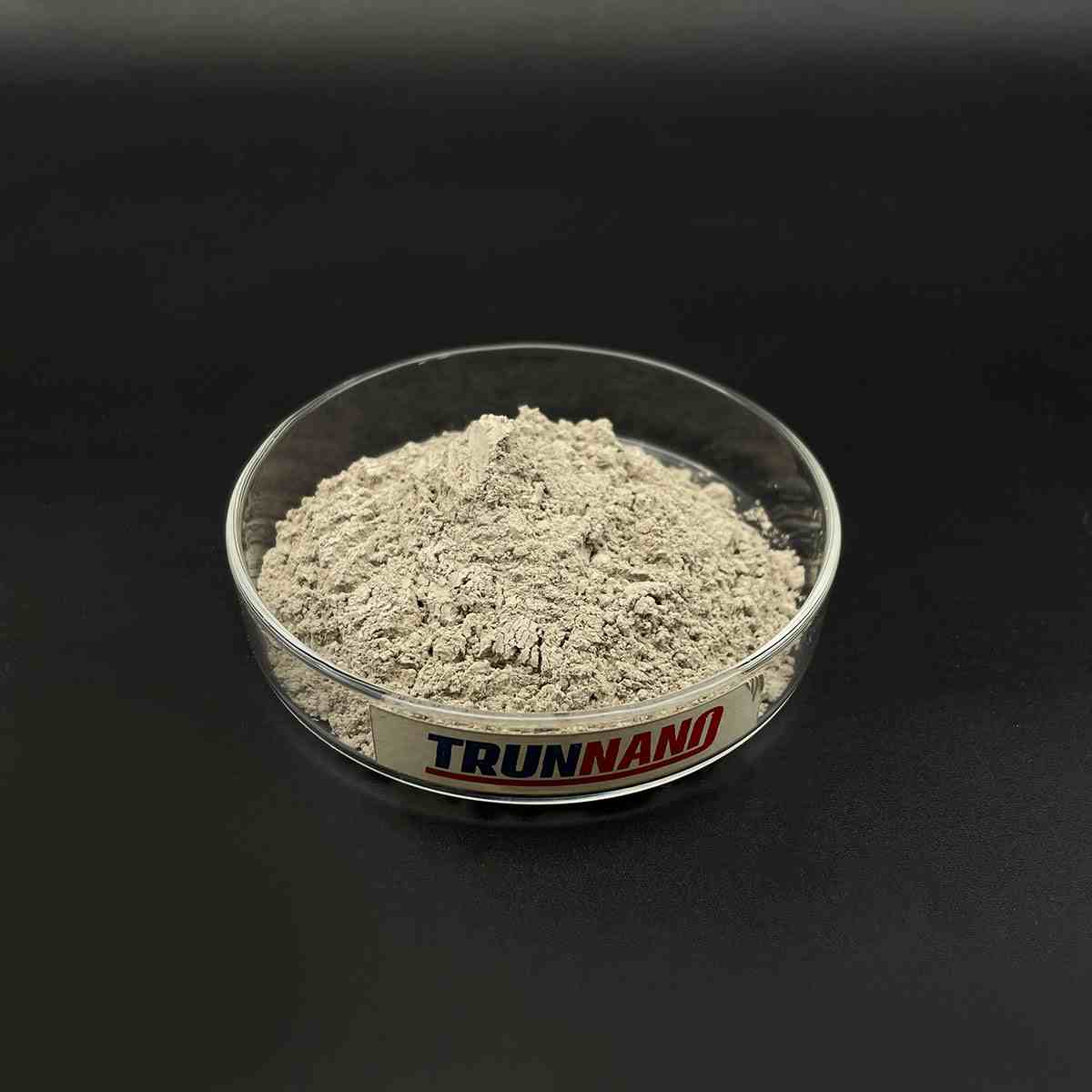
(High Purity CAS 12034-77-4 Niobium Selenide NbSe2 Powder)
Parameters of High Purity CAS 12034-77-4 Niobium Selenide NbSe2 Powder
Niobium Selenide (NbSe2), a fascinating inorganic compound with the chemical formula NbSe2, is an important material in the realm of materials science and technology due to its unique properties and wide range of applications. With a CAS number 12034-77-4, it signifies its identity as a specific chemical entity. This high purity form of NbSe2 is characterized by exceptional purity levels, ensuring its reliability for various industries.
The structure of NbSe2 consists of niobium (Nb) atoms sandwiched between layers of selenium (Se) atoms, forming a layered crystal lattice. Each layer is held together by weak van der Waals forces, which allows for easy exfoliation into two-dimensional (2D) sheets, making it a potential candidate for applications in nanotechnology and graphene-like materials.
In terms of physical properties, NbSe2 is a semiconductor, exhibiting a tunable bandgap depending on temperature and pressure. At room temperature, it is typically an n-type semiconductor, but by altering conditions, it can be converted to p-type. This tunability makes it attractive for use in electronic devices, such as thermoelectric generators and sensors, where its ability to convert temperature differences into electrical voltage is highly valued.
One of the key features of NbSe2 is its excellent thermal conductivity, which is primarily due to the strong covalent bonding between niobium and selenium atoms. This property makes it suitable for heat management in high-performance electronics and thermoelectric devices, where efficient heat dissipation is crucial.
Moreover, NbSe2 has been found to exhibit superconductivity at low temperatures, particularly when subjected to certain external pressures. The transition temperature for superconductivity in this compound is around 9 K, which although not as high as other cuprate or iron-based superconductors, it still holds promise for research and potential applications in cryogenic technologies.
In addition to its electronic properties, NbSe2 is also known for its catalytic activity, particularly in hydrogen evolution reactions and organic transformations. Its layered structure and exposed selenium sites make it an effective catalyst for certain chemical processes, opening avenues for its use in green chemistry and sustainable energy production.
The high purity of this material ensures that it has minimal impurities, which is crucial for obtaining consistent and predictable performance in various applications. This purity is achieved through rigorous purification processes, such as sublimation, recrystallization, and electron-beam purification, to remove any trace elements that could interfere with its functionality.
In summary, Niobium Selenide (CAS 12034-77-4) is a versatile material with a layered structure that exhibits intriguing electronic, thermal, and catalytic properties. Its high purity ensures reliable performance in a wide range of applications, from thermoelectrics and superconductivity to catalysis and green chemistry. As researchers continue to explore its potential, NbSe2 is poised to play a significant role in the advancement of modern technology.
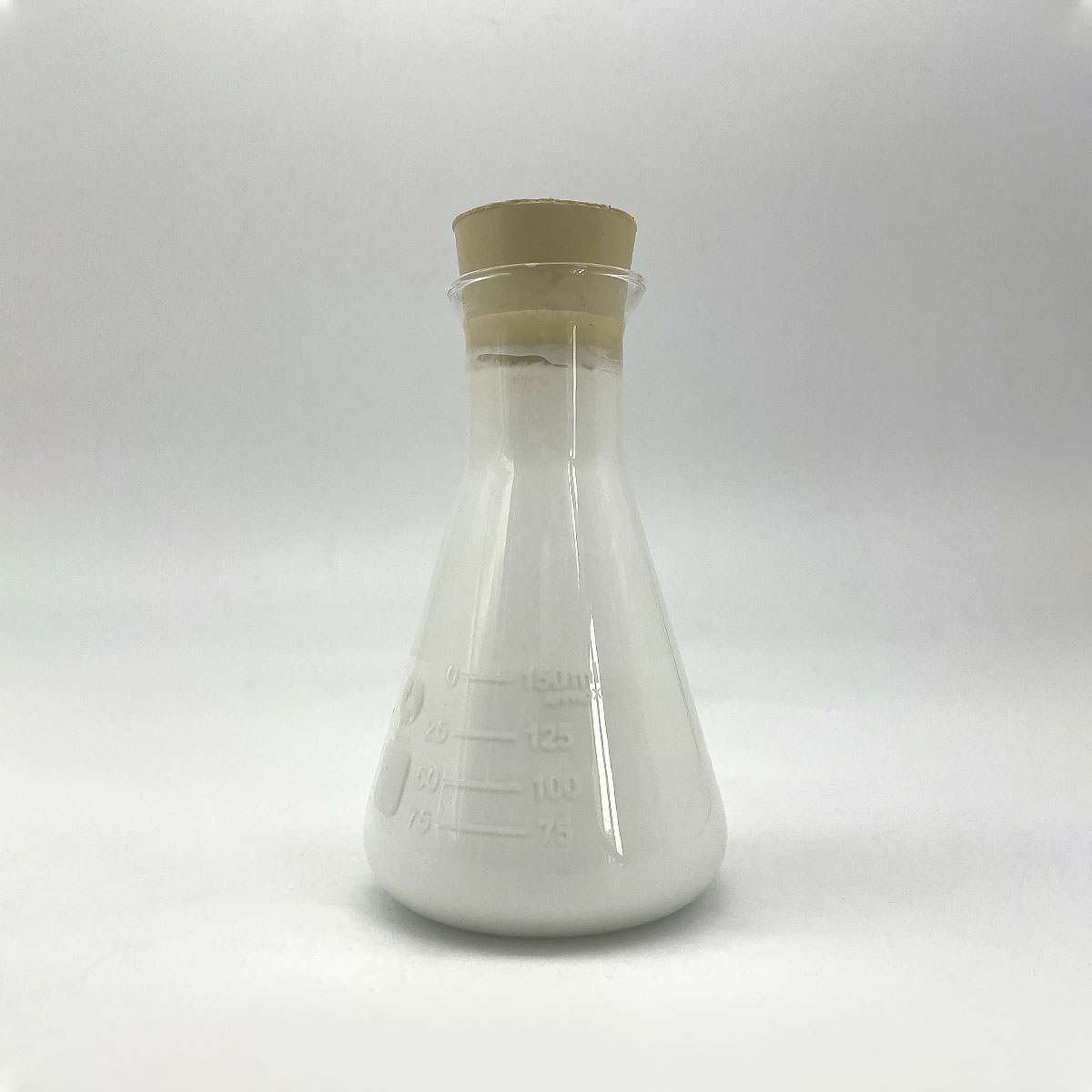
(High Purity CAS 12034-77-4 Niobium Selenide NbSe2 Powder)
FAQ of Semiconductor Materials
Inquiry us

